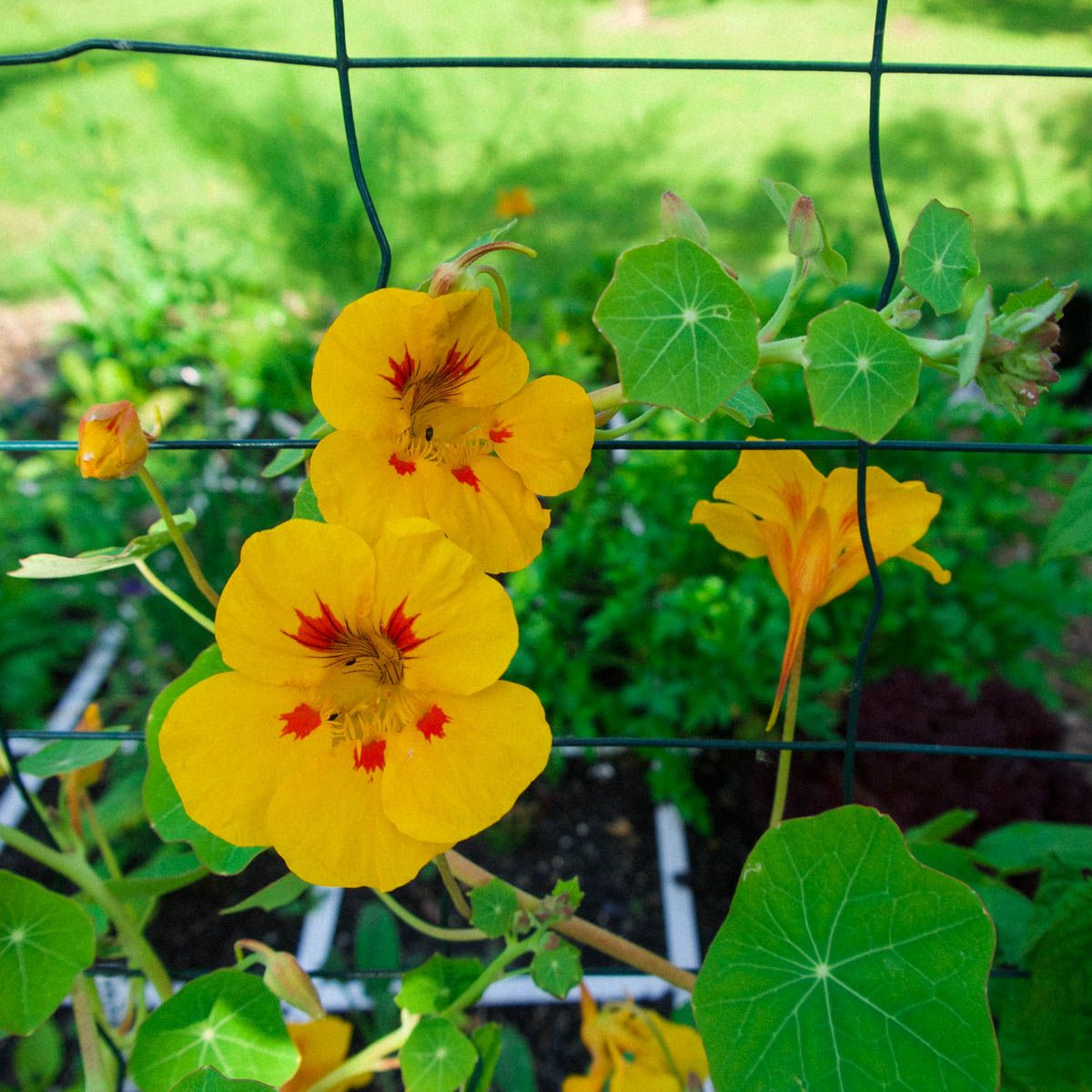- Help! Slugs and snails in your Planty Garden
- Why are my plants turning yellow?
- Pests in your vegetable garden?
- Pests: aphids to caterpillars in the vegetable garden
- Moss in your MM-Mix?
- Mushrooms in the Planty Garden
- How to identify and get rid of mildew
- Why are my zucchinis falling off?
- Cabbage whites and holes in your plants
- How to identify and treat tomato blight
- How can you help the bees?
- Help! Slugs and snails in your Planty Garden
- Why are my plants turning yellow?
- Pests in your vegetable garden?
- Pests: aphids to caterpillars in the vegetable garden
- Moss in your MM-Mix?
- Mushrooms in the Planty Garden
- How to identify and get rid of mildew
- Why are my zucchinis falling off?
- Cabbage whites and holes in your plants
- How to identify and treat tomato blight
- How can you help the bees?
Cabbage white caterpillars (and holes in your plants)
I'll walk you through how to protect your plants from cabbage whites:

The dreaded cabbage white
As the name suggests, they're white butterflies that love plants in the cabbage family. Especially kale.

Nothing is safe. That's why I put so few kale plants in my garden, except for dino kale.
But sometimes I even discover cabbage white caterpillars on my beautiful lettuce heads: grrrrrrr.
You only know that something's wrong when the holes appear. The caterpillars themselves are not easy to spot, especially the green ones:

How do you prevent caterpillar attacks?
Our crop cover, the MM-Muts, works perfectly:

This is how Margriet does it:

"Last year the butterflies ate my dino kale really early in the season. I hope I can outsmart them this year.
I made a 'cage' that fits perfectly in one patch (30x30cm). First I folded some mesh netting into a cube. Then I attached a square piece of netting onto the top with pegs. So I can still get in, but the butterflies can't.
Hope it works! Haha, eat that, butterflies!"
Create a diversion

So, if they go for the Indian cress, there's a chance that they'll leave your kale plants alone.
I read somewhere that you can also put white eggshells between the plants.
The white color tricks the butterfly into thinking that the plants are already occupied, so it goes looking for another spot.
You can also deter them with strongly scented plant extracts like sage, rosemary, mint, marjoram, thyme, onion, or garlic. Or use those same plants fresh and put them among your vegetables or in an MM-Mini next to your garden box.

Pepper and garlic deterrents
But choose your pepper wisely: when I ran out of black pepper, I sprinkled pure cayenne over my plants. It knocked my little basil plants out.
So, stick to powdered white or black pepper.
Using a garlic spray also helps.
The one spray that does it all

Spray your plants with it every few days. Don't forget to get the underside of the leaves too. After it rains, spray again.
Repeat until you don't see any more pests. Then spray again a week later to kill off any newly hatched larvae and eggs.
And what if your plant is already damaged?
But leaves with a few holes in them taste just as good as flawless ones. You won't notice them in your soup or smoothie anyway.
And no, they won't make you sick. Even if you accidentally eat one of those eggs or mini-caterpillars 😉
Most of the time you can leave dino kale alone. No matter how ragged it looks, the plant will continue to produce new leaves.


So, what's should you do next?
Search for caterpillars in the leaves of your brassicas - plants in the kale family. If you see them, carefully pick them off and put them somewhere else. (Don't kill them: overuse of pesticides - like Round-up - means there are fewer and fewer insects.)
Also, check the underside of the leaves once in a while for any eggs. Immediately rub them away.

Go get 'em! 😉

Problems
- Help! Slugs and snails in your Planty Garden
- Why are my plants turning yellow?
- Pests in your vegetable garden?
- Pests: aphids to caterpillars in the vegetable garden
- Moss in your MM-Mix?
- Mushrooms in the Planty Garden
- How to identify and get rid of mildew
- Why are my zucchinis falling off?
- Cabbage whites and holes in your plants
- How to identify and treat tomato blight
- How can you help the bees?